Diseases of the mammary glands inspire fear in most of the fair sex. It is believed that they all lead to cancer. In fact, this assumption is erroneous. Consider, for example, a solitary breast cyst. This is a single tumor, which is a small capsule. It has no pathological nature, but requires constant monitoring by doctors.
Solitary cyst of the breast - what is it?
Under this term, it is customary to understand a single seal, localized in the mammary gland. It looks like a bag, but is filled with liquid. It consists mainly of connective tissue. A distinctive feature of the pathology is its location - only one breast suffers. Over time, the cyst can become denser and increase in size (up to 5 cm). Most often develops in nulliparous women.
According to ICD-10, the code for a solitary breast cyst No. 60. This group also includes other cystic neoplasms localized in the mammary gland.
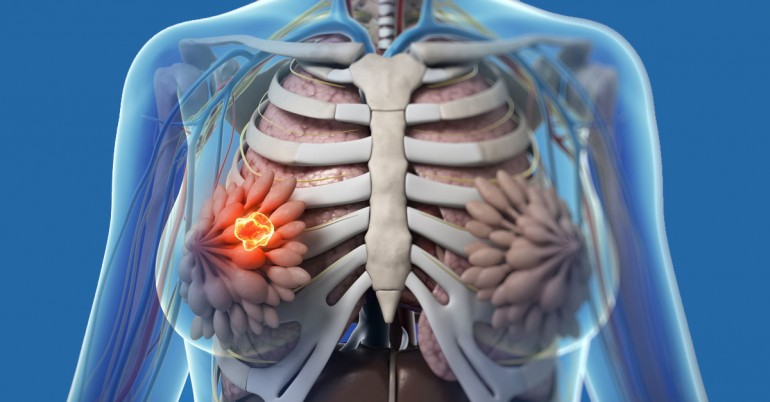
The main causes and risk factors
The main cause of cysts in the mammary glands is considered to be obstruction of the ducts of one of the breasts, which causes accumulation of fluid. As a result, a neoplasm is formed, the walls of which become denser over time. The emergence of such a pathology, doctors are associated with hormonal imbalance in the body of a woman. Under the influence of certain factors, estrogens begin to exceed the amount of progesterone in quantitative characteristics. In some cases, the process of cyst development is affected by increased prolactin production.
What factors contribute to the development of the disease?
- Age over 35 years.
- Female hereditary predisposition.
- Overweight.
- History of endocrine diseases (thyroid disease, diabetes).
- Neglect of breastfeeding.
- Late menopause (after 55 years).
- Incorrect intake of oral hormonal contraceptives.
- Diseases affecting the organs of the reproductive system (uterine fibroids, endometriosis).
Doctors also note that frequent stress and nervous strain can cause cysts in the mammary gland.
Clinical picture
In most cases, the pathology is asymptomatic. It is detected only during a routine mammography or ultrasound scan. The first signs usually appear when the tumor reaches 2 cm in size. In this case, a woman may complain of the following health problems:
- The presence of tightness in the chest. On palpation, a small cone of a rounded shape is found, characterized by sedentary and elasticity. The procedure itself is accompanied by slight discomfort.
- The pain intensifies in the second phase of the female cycle. It can give to the cervical collar or under the shoulder blade. Such discomfort is caused by compression of the nerves of the gland and nearby tissues. After the onset of menstruation, the pain subsides and completely disappears.
- Burning and itching in the affected area.
- An increase in temperature, an increase in lymph nodes.
If the neoplasm is characterized by rapid growth, deformation of the mammary gland is not excluded.
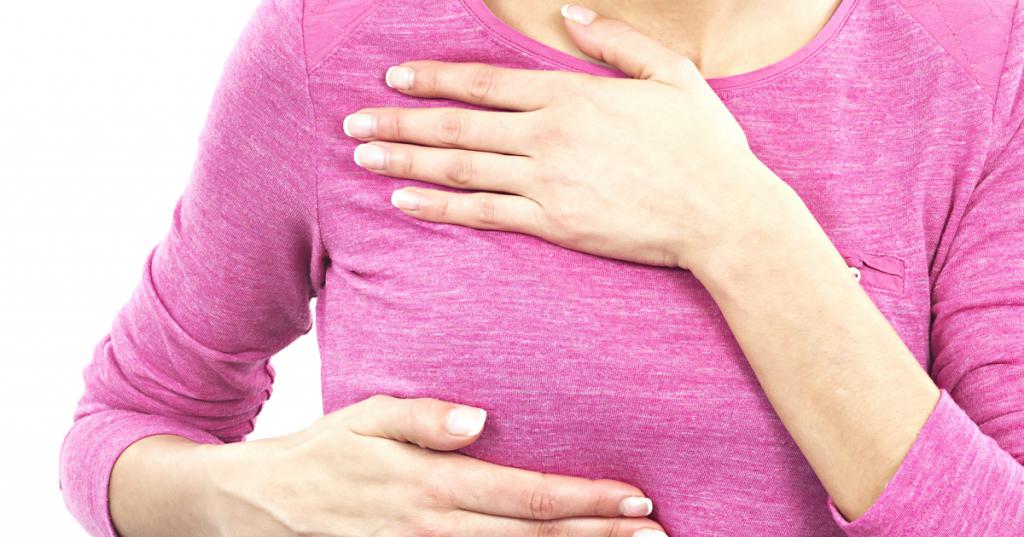
Diagnostic Methods
A mammologist is studying the causes and treatment of breast cysts. Therefore, if suspicious symptoms appear, you should immediately seek the advice of this specialist. The doctor will prescribe an extensive examination, which includes a physical examination and hardware diagnostic methods.
Initially, a specialist studies the patient’s history, if necessary, asks a number of clarifying questions about her lifestyle, previous births, etc. The next step is a physical examination. During palpation of the mammary gland and adjacent lymph nodes, the mammologist draws attention to the condition of the skin in the lesion, the presence of seals. After that, they switch to hardware diagnostic methods:
- Mammography. An X-ray examination without the use of a contrast medium is absolutely safe for a woman. However, with its help it is possible to determine the localization, size and number of cystic formations.
- Ultrasound Through ultrasound, you can determine the size and degree of proliferation of the cyst.
- Pneumocystography. During the procedure, the mammary gland is pumped with air, which entails increased pressure on its walls. As a result, the picture is better and more informative. The air in the chest dissolves on its own within 10 days.
- Puncture biopsy. This study involves the collection of material from a pathological focus for subsequent study in the laboratory. They resort to his help to exclude oncology.
Based on the results of the examination, the doctor confirms or refutes the presence of a solitary breast cyst, prescribes treatment.

Mammologist's advice: when is therapy needed?
With a small tumor size, specific therapy is not required. It is enough to follow a diet, which will be discussed below to normalize the hormonal background. This approach allows you to stop the growth of tumors.
In other cases, mammologists prescribe drug therapy or surgery.
Drugs for treatment
After identifying a cystic formation, it is important for a woman to reconsider her lifestyle. First of all, you must try to avoid stressful situations. To normalize the psycho-emotional background, the doctor can additionally prescribe sedatives based on natural ingredients (tincture of motherwort, valerian tablets, Tenoten). A positive result is given by the homeopathic remedy "Mastodinon". The following medications are used to strengthen immunity: Retinol, Tocopherol, and B vitamins.
In especially serious cases, when there is severe pain or disruptions in the endocrine system, therapy requires a different approach. A woman is prescribed hormonal drugs, NSAIDs, iodine-containing drugs. All medicines and their dosage are selected strictly individually.
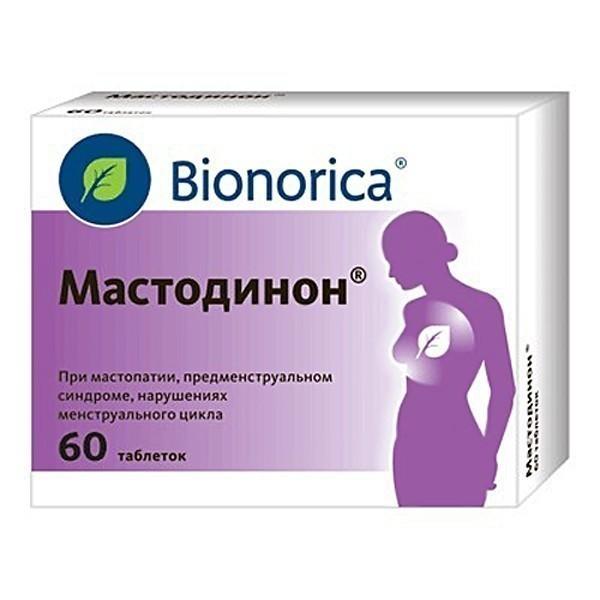
Non-drug therapy
To eliminate a large solitary cyst, a puncture is recommended. During the procedure, the doctor removes the contents from the neoplasm cavity with a needle, and then directly injects the sclerosing substance. In most cases, use air, ozone or alcohol. However, the use of the latter is highly undesirable. Alcohol entails the risk of tissue necrosis and scarring.
After a puncture, a woman is prescribed a diet, a course of multivitamins. In addition, she needs to be examined periodically by a mammologist.
According to reviews, a breast cyst responds well to therapy through puncture. Only in 1% of cases the procedure is ineffective. In such a situation, the neoplasm is removed promptly. A sectoral breast resection is performed followed by a neoplasm biopsy.
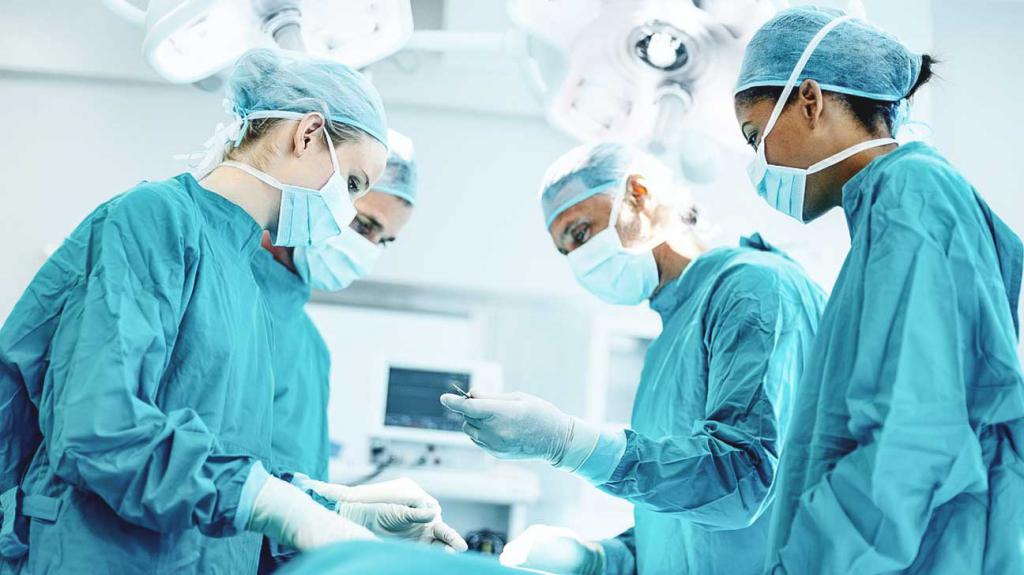
Power Features
The entire period of treatment of cysts in the mammary gland, a woman should adhere to a strict diet. It is required to completely exclude caffeinated drinks, chocolate, alcohol and fatty dairy products from the diet. After a puncture, it is important to enrich the diet with high fiber foods. Compliance with the diet allows you to quickly normalize the hormonal background during therapy.
Help traditional medicine
Treatment of solitary breast cysts can be supplemented with recipes from alternative medicine. However, this approach is possible only after consultation with a specialist. For example, for relieving pain it is good to use motherwort. A teaspoon of raw materials should be poured with two glasses of boiling water, leave for 5 minutes over low heat. It is recommended to take the drug in half a glass before eating.
To restore metabolic processes, an infusion of several herbs is excellent. To prepare it, you need to take 3 tablespoons of chamomile, fennel and linden flowers, add 4 tablespoons of mint and elderberry. A tablespoon of the resulting mixture should be filled with 2 cups of boiling water, insist. It is recommended to drink the entire portion of the broth during the day. The course of treatment should not exceed 3 months.
Normalize the hormonal background helps black cumin. It is consumed by a teaspoon before each meal. It is advisable to use oil at the same time as taking hormonal drugs.
Alternative medicine also suggests the use of St. John's wort to relieve pain in women with cystic formations. To prepare the infusion, a tablespoon of grass will need to pour a glass of boiling water, leave to infuse for about 30 minutes. Then the gauze can be moistened in a decoction and applied to the affected chest for 15 minutes. This procedure is recommended to be repeated several times a day until the condition is relieved.
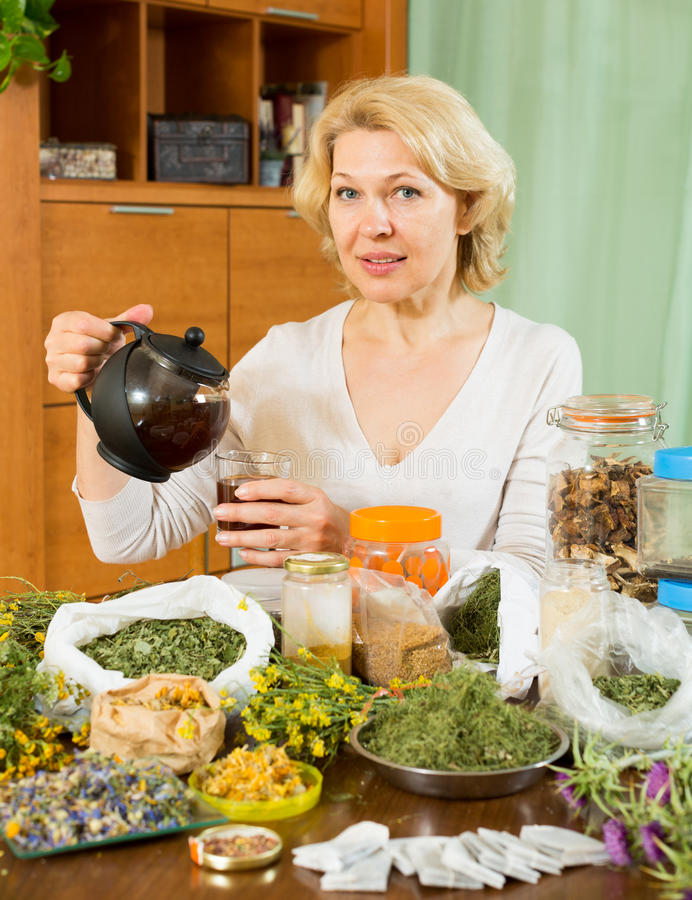
Cyst inflammation
In rare cases, a solitary breast cyst is accompanied by an inflammatory process. The reason for this is the penetration of infection into the body, a decrease in general immunity, and a number of other factors. Inflammation is easily identified by the following symptoms:
- A sharp increase in temperature, and not only in the affected area.
- Throbbing chest pain.
- Redness of the gland tissue.
- Isolation of purulent secretion from the nipple.
If these symptoms appear, immediately call a team of medical workers. In the clinic, a puncture biopsy is mandatory, followed by histological analysis. Then appropriate therapy is prescribed. Usually it includes taking antibiotics, immunomodulators and vitamin complexes.

Prevention Methods
The mammary gland is a rather vulnerable organ that responds to all changes in the female body. That is why he is in a zone of constant risk. To avoid problems, doctors recommend that every woman after 30 years undergo a mammogram and an ultrasound scan periodically. After 40 years, such an examination should be done once a year. With particular attention to the condition of the mammary glands should be treated ladies with adverse heredity.
General methods for the prevention of solitary breast cysts are reduced to maintaining a healthy lifestyle. It is important to abandon addictions and devote more time to sports. Do not start gynecological diseases, take hormonal drugs uncontrollably. Only following the above recommendations can we minimize the risk of developing pathology.